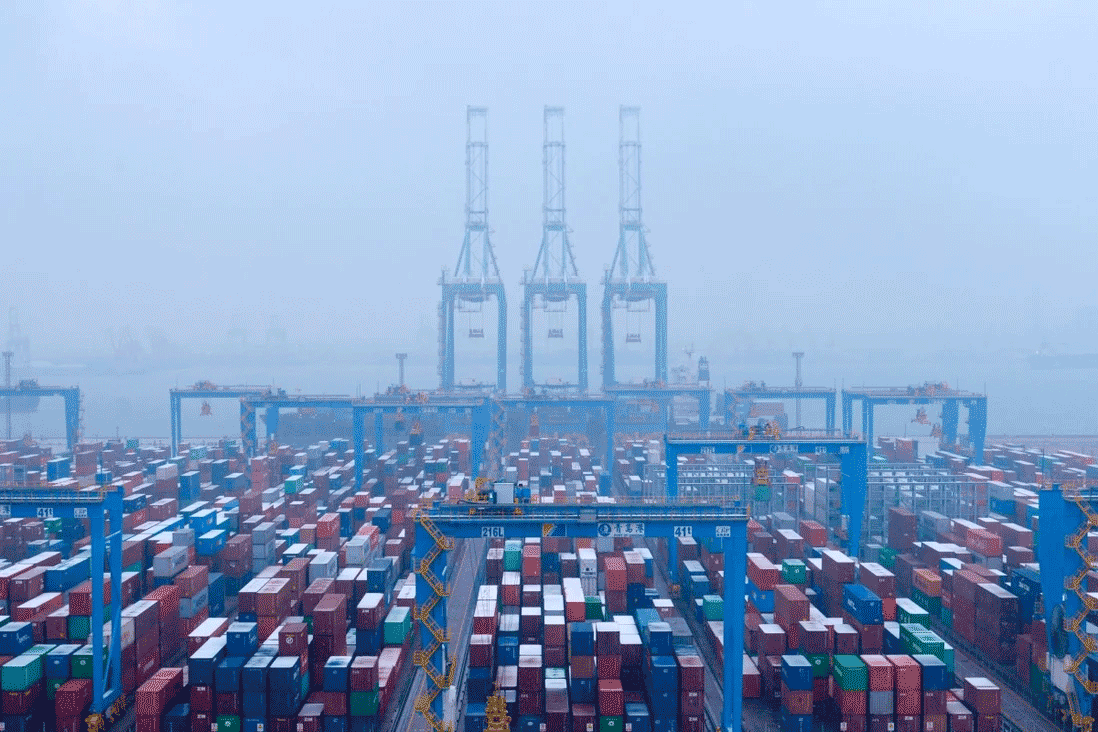- Shanghai Zhongshen International Trade Co., Ltd. - Two decades of trade agency expertise.
- Service Hotline: 139 1787 2118

The hidden thresholds behind agency qualifications
The latest revised Administrative Measures for the Import of Electromechanical Products in 2025 clearly requires:SpecificEquipment ImportsMatching agency qualifications of corresponding levels. A biotech company once had its $1.2 million sterilization equipment detained at customs for 38 days due to the agencys lack of Category IIIMedical Equipmentoperation filing. In practice, special attention should be paid to:
- Verifying the business scope listed in the agents Foreign Trade Operator Filing Form,foreign tradeValidating the expiration date of special equipment manufacturing/sales licenses
- Medical devices require verification of CFDA filing codes
- Pressure vessels must possess TSG certification
- Correction of cognitive biases in tariff classification
After the 2025 HS code adjustments by the General Administration of Customs, the misclassification rate for precision instruments increased by 12%. A typical case showed: a company mistakenly classified an industrial CT machine (9022.19) as medical equipment (9018.90), resulting in overpayment of 236,000 yuan in taxes. Professional agents should possess:
Systematic implementation capabilities for pre-classification services
- Declaration techniques for functional segmentation of non-standard equipment
- Clear linkage applications with free trade agreements
- It is recommended to verify through the following methods:Precise calculation models for logistics plans
Equipment transportation costs often account for 15%-28% of total import expenses. A semiconductor company reduced transportation costs by 31% through optimized plans by professional agents:
Oversized equipment transport requires special permits applied for 6 months in advance
- Precision instruments are recommended to use constant temperature
- + direct door-to-door land transportMaritime TransportationEquipment disassembly and packing should comply with ISO 1496 standards
- Practical blind spots in technical acceptance
An automobile manufacturer failed in its claim for rust damage on imported stamping equipment because it did not perform on-site unpacking inspection. It is recommended to establish a three-level acceptance mechanism:
First stage: Container appearance inspection at the port
- Second stage: Unpacking inspection on the factory floor
- Third stage: 72-hour continuous operation test
- Dynamic monitoring system for compliance management
Professional agents should establish a full lifecycle management system for equipment, focusing on monitoring:
Environmental compliance certificates for used equipment imports
- Customs filing for software copyrights
- Annual inspection reminder services for special equipment
- Breakthrough paths for technical barriers
Pathways to Overcoming Technical Barriers
In response to the new EU CE certification regulations (2025/478/EU), a tiered response strategy is recommended:
- Category A equipment: Submit EN standard compliance declarations in advance
- Category B equipment: Prepare complete TUV test reports
- Category C equipment: Apply for EU authorized representative registration
By systematically managing these six dimensions, professional import equipment agents can help enterprises reduce hidden costs by 18%-35% while shortening customs clearance time by over 40%. Choosing an agency with full-chain service capabilities will be a critical decision for successful equipment imports.
Related Recommendations
? 2025. All Rights Reserved. Shanghai ICP No. 2023007705-2  PSB Record: Shanghai No.31011502009912
PSB Record: Shanghai No.31011502009912










